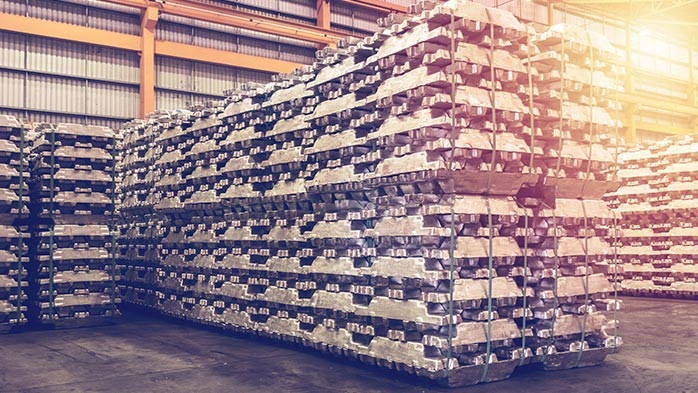Decarbonization

November 18, 2025
Southwire to expand Heflin, Alabama plant
Written by Nicholas Bell
Southwire is moving forward with another major expansion of its Heflin, Ala., medium-voltage cable plant, which includes additional aluminum dual-wire drawing machines.
The company announced plans to add roughly 340,000 square feet to the site. Construction is expected to begin in late 2025 and reach operation in late 2027.
This project continues its modernization plans while responding to long-cycle demand for power-distribution products in North America, according to Southwire.
Southwire’s press release did not outline the technical scope of the expansion, but the company’s engineering analysis and permitting documents filed with the state provide a detailed picture of the equipment and capacity changes under consideration.
Proposed installations
As part of its expansion at the Heflin facility, Southwire submitted an engineering analysis with its request for a revised Synthetic Minor Operating Permit with the state of Alabama.
The filing outlines the equipment the company currently operates and the units it seeks authorization to add.
The document shows the plant draws copper and aluminum rod through a series of dies, anneals the wire, applies ethylene propylene rubber (EPR) or cross-linked polyethylene (XPLE) insulation through continuous vulcanization, and then adds a jacket of polyethylene, polyvinyl chloride, or XPLE, before labelling the cable.
Southwire’s analysis identifies three aluminum-capable drawing machines on site. One is a two-die drawing machine without an annealer, rated at 3,000 pounds per hour (lbs/hr). Two others are dual-wire aluminum drawing machines with annealers, rated at 8,000lbs/hr and 15,3000lbs/hr.
The company is seeking approval to add another dual-wire aluminum drawing machine at 8,000lbs/hr and a second at 15,300lbs/hr. In other words, installed maximum design throughput currently totals 26,300lbs/hr. If the permit is approved, it will add 23,300lbs/hr.
Insulation and jacket proposals
Tangentially, the application also requested the removal of previous insulation-throughput limits tied to the plant’s emissions status.
According to the same engineering analysis, Heflin operates five continuous vulcanization (CV) extrusion units rated at 1,800lbs/hr and three additional CV units rated at 1,000lbs/hr. The filing also lists six jack-extrusion lines, each rated at 1,150lbs/hr.
The vulcanization units refer to the section of the production line where insulation material undergoes a curing process, while the jacket extrusion lines are where the outer protective sheath is affixed to the insulated conductors.
Under the proposed structure, the facility would no longer operate under a fixed insulation throughput cap. Instead, insulation rates may vary as long as total emissions remain below the permit’s defined ceilings for particular emissions.
In other words, before, the plant had a set amount of insulation it could run, but now the limit is based on staying within the permit’s established operating thresholds rather than a fixed throughput cap.
For the aluminum supply chain, this matters because insulation throughput often sets the upper limit on how much drawn conductor a facility can finished during a given period.
If you line up the drawing numbers against the CV and jacket numbers, you can see the insulation side is what ends up pacing everything.
When the insulation bottleneck shifts from a fixed cap to an emissions-based reporting system, the plant’s potential to run insulation processes at higher combined rates may influence the amount of conductor that can move through the facility and, in turn, affect the volume of aluminum rod processed and the level of scrap generated.
That said, the approval process is still underway. The Alabama Department of Environmental Management is reviewing the application under a proposed-action notice and has not granted a revised permit yet.
Recent medium-cable developments
Southwire remains one of the two largest domestic producers of insulated power cable, accounting for a little over 40% of U.S. output, according to CRU’s Wire and Cable Market Outlook. Combined with the Prysmian, the other major producer, the two companies make up more than 85% of domestic power cable production.
Prysmian’s Encore Wire facility in McKinney, Texas broke ground on an expansion project that is intended to add to Prysmian’s medium-voltage cable production assets.
Until a final determination on Southwire’s application is issued, all changes remain pending. If approved, the expansion would allow the Heflin plant to contribute more directly to meeting rising medium-voltage cable demand across data-center, utility, and infrastructure projects.







